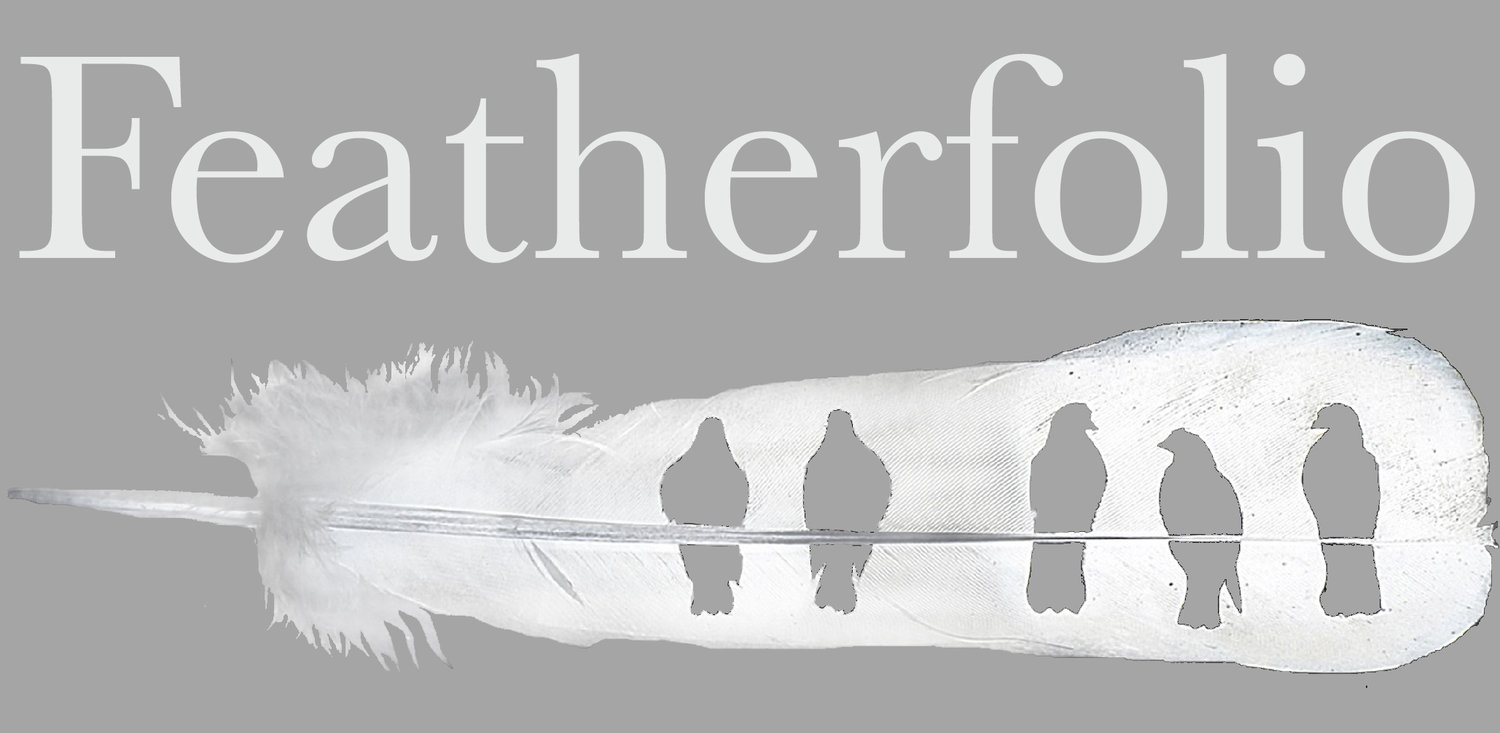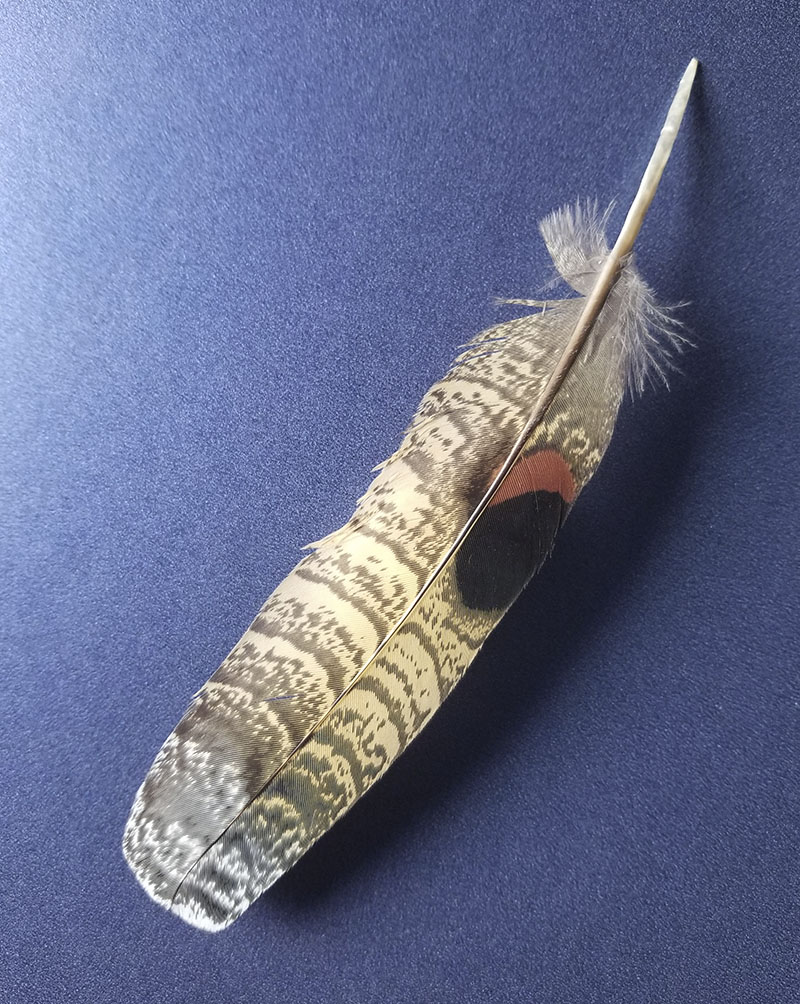Heron Dance . mostly made in 2018 . completed in 2019
I hear from writers that they often find it helpful to let their writing sit for an hour, a day, or more. When they come back, they hope to see it afresh. Often they quickly realize what needs improvement and how to fix it. I do the same with this blog.
I also do it with my art. I struggled toward placing the 15 cutout cranes in this piece but was not satisfied. After three days I tried again. A few days later after a third try I was pleased.
The process is pleasing also. Sort of a discipline. I have to let go getting immediate results, delaying my gratification over completing each piece. The result is always better.




















